The Reuse Technologies SA technology is a cost effective 100% conversion of wastes to Green Products, in a manner more profitable than outdated forms of disposal, such as burial or burning.
Waste can be converted to an asset. A Reuse technologies SA system, using proprietary Hydrostatic Pressure Vessel (HPV) technology.


Hydrostatic Pressure Vessel (HPV) technology is a profitable, self‐sustaining, and financially self replicating enterprise that generates employment, keeps local resources within the community, and insures a clean environment for all.
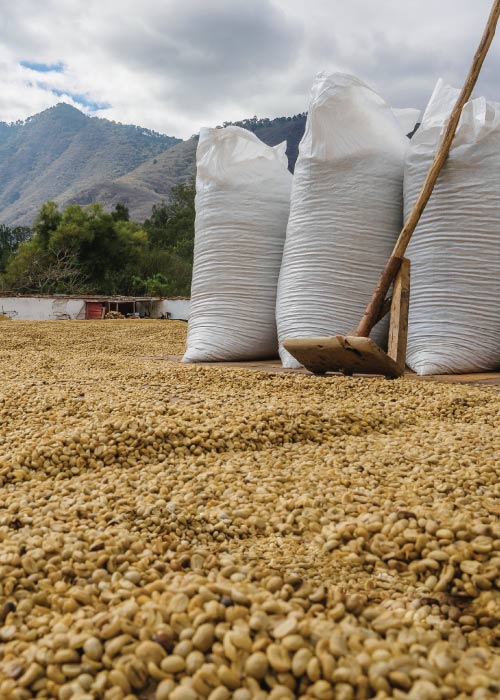
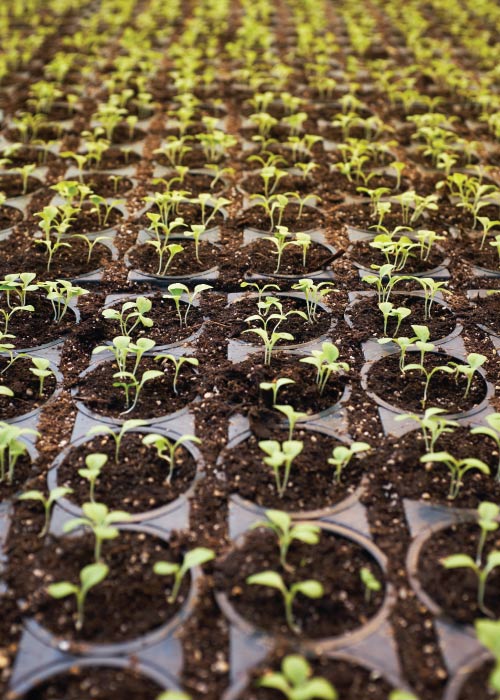
We offer a broad potential for commercial, industrial, and municipal applications. Reuse Technologies SA can be an economically profitable solution to a very diverse set of waste problems
The conversion process can be done with a single type of input, or using multiple sources of raw material. A varied range of input creates a rich “soup” for conversion to the bio-products of choice, and increases source reliability from an economic standpoint. The system design will reflect the desired end-product, based on favorable market conditions. .
Until recently the impetus of searching for a common solution to these issues has not been identified. Reuse Technologies SA has Developed a Procedure which can reduce these emissions of Green House Gases from fossil fuels, composting, incineration and landfill by creating a clean renewable fuels.
The Reuse Technologies SA process takes the biodegradable fraction of Municipal Solid Waste and Converts it to the Renewable Bio-Fuels. Plastics, can be converted to liquid fuel, or recycled as new plastic etc.
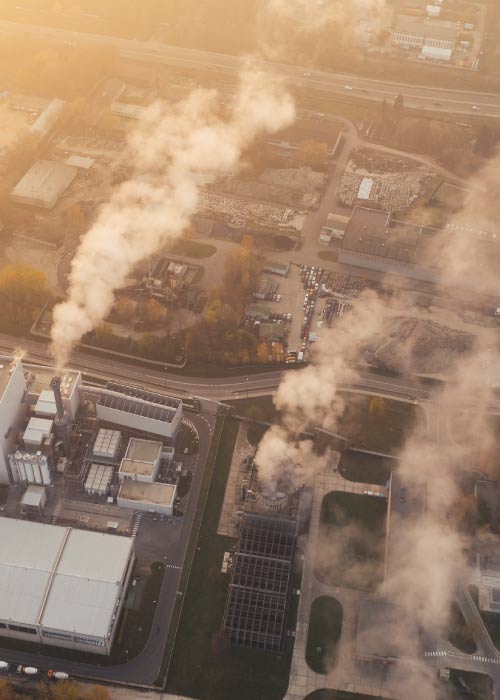
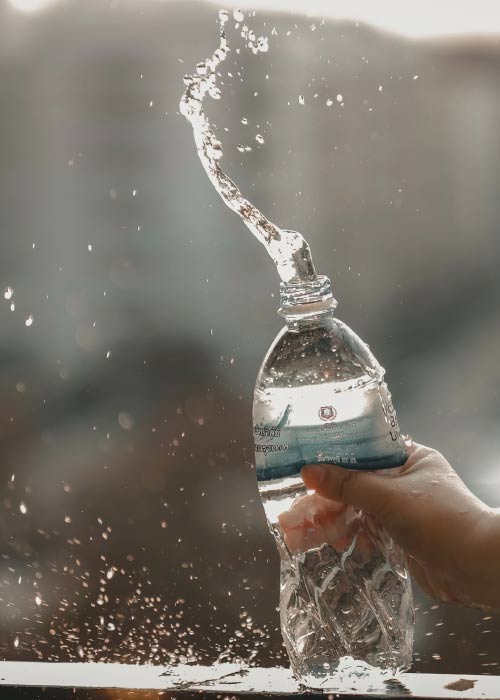
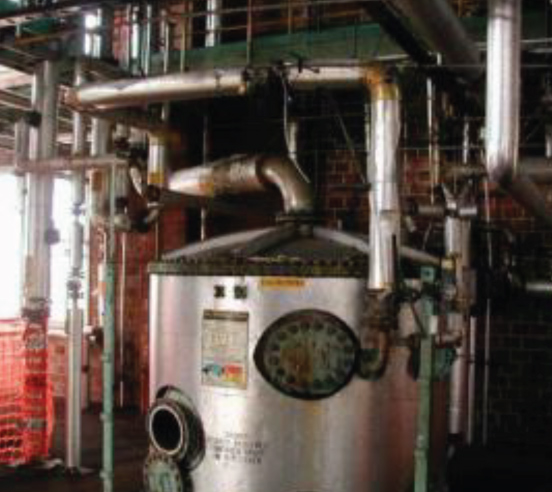
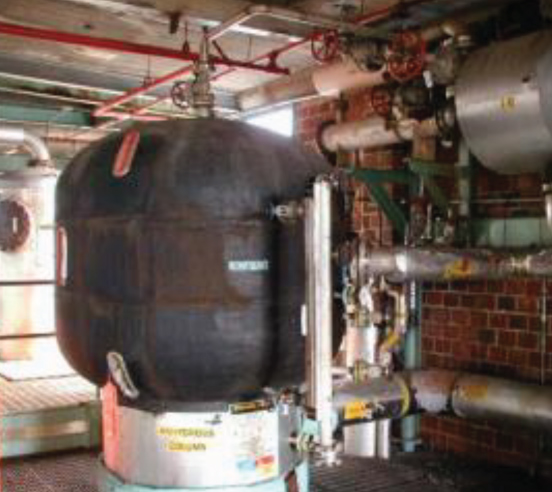


























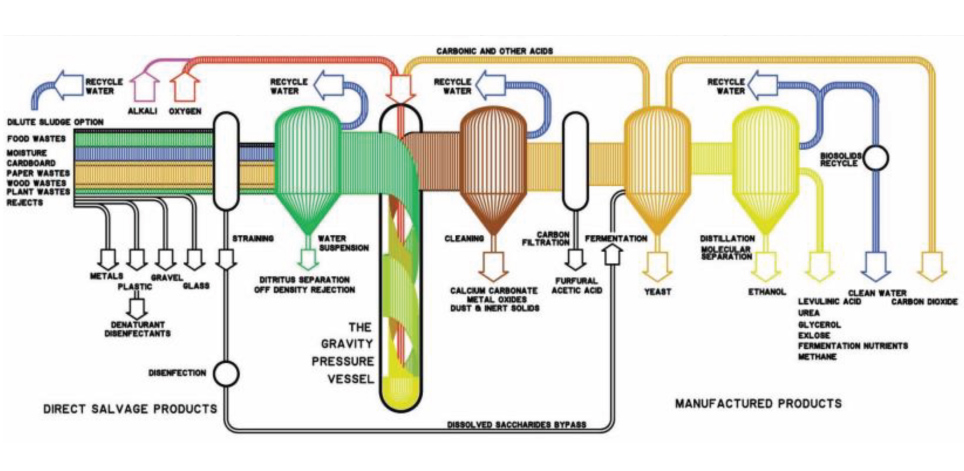
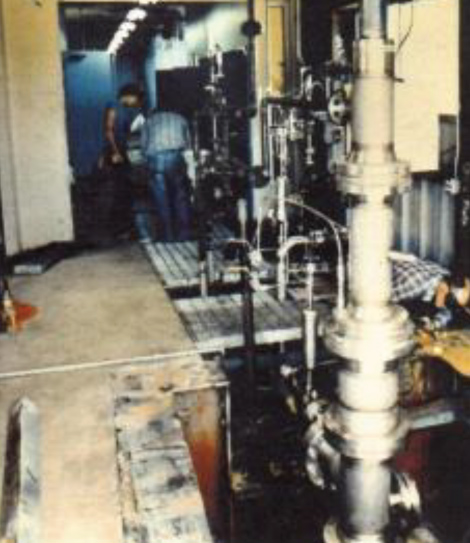
After passing through the Hydrostatic Pressure Vessel the mixture is cleaned in another closed Sedimentation Tank where all remaining Inorganic dense and lightweight Particles are removed for beneficial use.
By working in water suspension, all procedures very common in the wastewater treatment arts have been shown to be directly applicable to municipal solid wastes with no significant change in design standards, employee training, permit criteria or equipment availability and their minimal maintenance needs
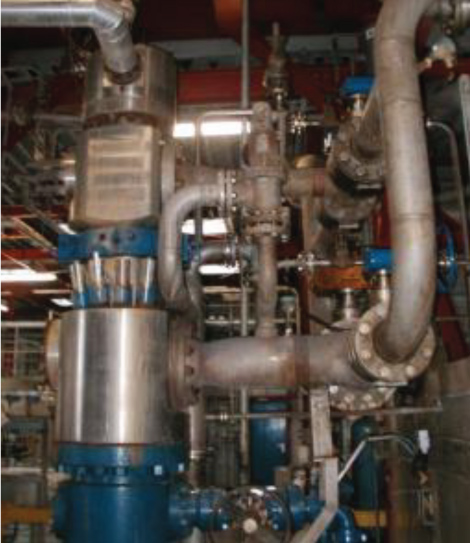
Casing
“Chambered in a vacuum sealed containment casing. ”
Flow
“Continuously flowing, in, down, back up and out. ”
Transference
“Updraft transfers its heat energy to the downdraft. ”
Parts
“Pressurization with no moving parts ”
Precision
“The entire mixture passes through precise conditions. ”
Reaction Time
“The effective reaction time reduced to a few seconds ”
Escape
“No materials escape from the process ”
Sterilized
“All materials are sterilized. ”
& Requirements
“Established construction regulations and requirements ”
& effective
“Smooth and effective depressurization”
After passing through the Hydrostatic Pressure Vessel the mixture is cleaned in another closed Sedimentation Tank where all remaining Inorganic dense and lightweight Particles are removed for beneficial use. By working in water suspension, all procedures very common in the wastewater treatment arts have been shown to be directly applicable to municipal solid wastes with no significant change in design standards, employee training, permit criteria or equipment availability and their minimal maintenance needs.
The Saccharides–Sugar mixture is stripped of other valuable organic byproducts and taken forward for Fermentation to Ethanol. O All the tanks and vats of the Plant used in the Reuse Technologies SA Waste to Green Energy Process are Covered. This prevents escape of Valuable Product and Eliminates Odor. All the items of Plant used in the Waste to Energy Process are made from equipment typical of those used in the Waste Water Treatment Industry.
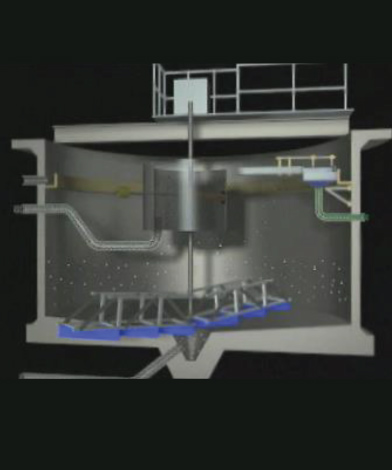
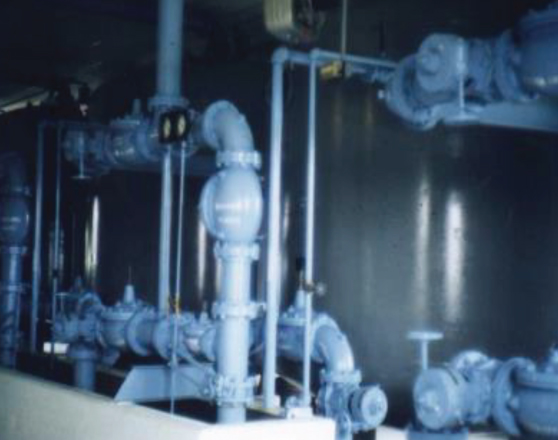
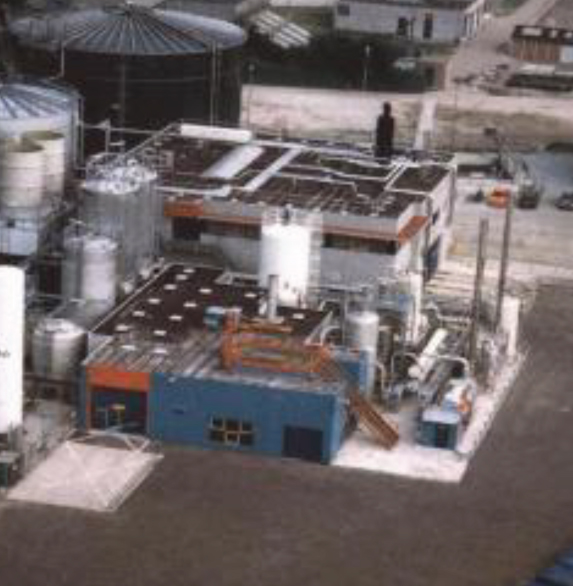

The Hydrostatic Pressure Vessel Operational Facility is Compact and Requires a Small Foot Print.

For Small to Medium Cities this could be Managed with Six to Twenty acres of land. Plants can be adapted for flow rates of 150 to 20,000 Tonnes per day
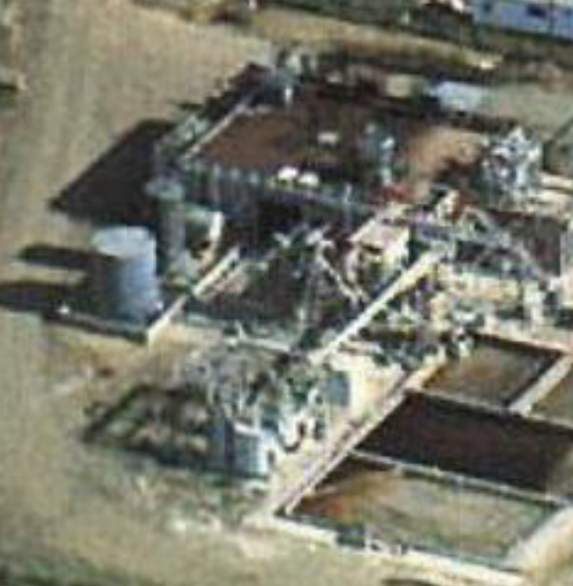
CAN BE MADE FROM ALL KINDS OF MUNICIPAL SOLID WASTE
CAN BE STORED WITHOUT LOSS OF VALUE
CAN BE USED TO ALLOW INCREASED EXPORTS OF OIL
ELIMINATES THE HEALTH HAZARDS OF WASTES STORAGE
ELIMINATES THE LONG TERM LIABILITY OF WASTES STORAGE
CAN BE PRODUCED WITHIN THE COMMUNITY
HAS A VITAL RECIRCULATION OF WEALTH BENEFIT
MEETS THE AIMS OF SUSTAINABILITY
ELIMINATES THE GREENHOUSE GASSES OF WASTE STORAGE
ELIMINATES THE NEED FOR WASTE EXPORT


A PERMANENT SOLUTION OF YOUR WASTE PROBLEMS

SATISFIES ALL PROJECTED ENVIRONMENTAL OBJECTIVES

AN UP TO DATE USE OF LONG ESTABLISHED ENGINEERING ARTS
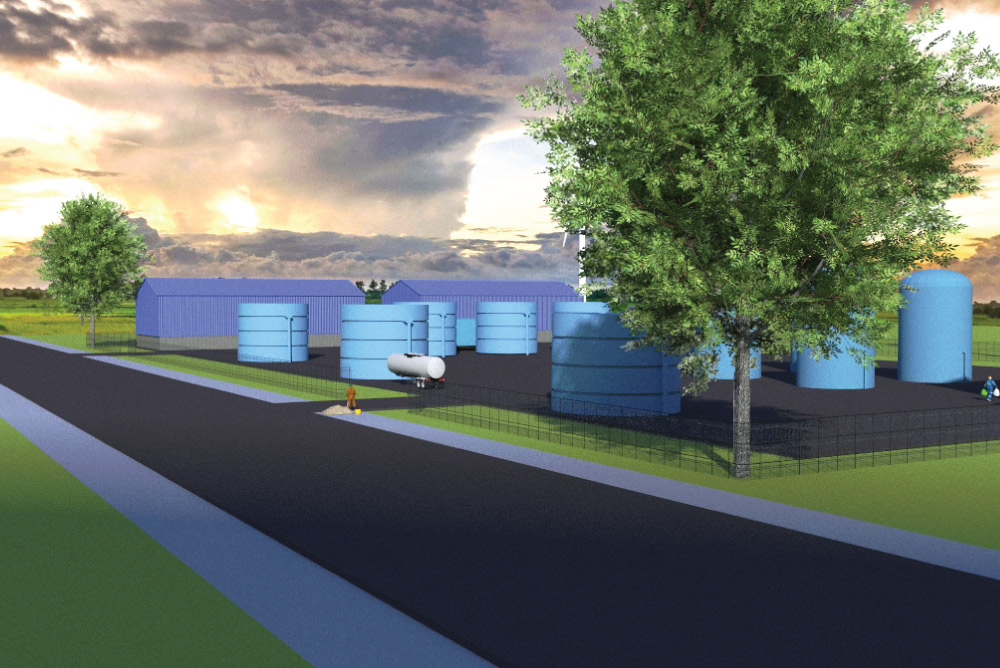
WHAT WILL THE REUSE TECHNOLOGIES SA PROCESS ACHIEVE